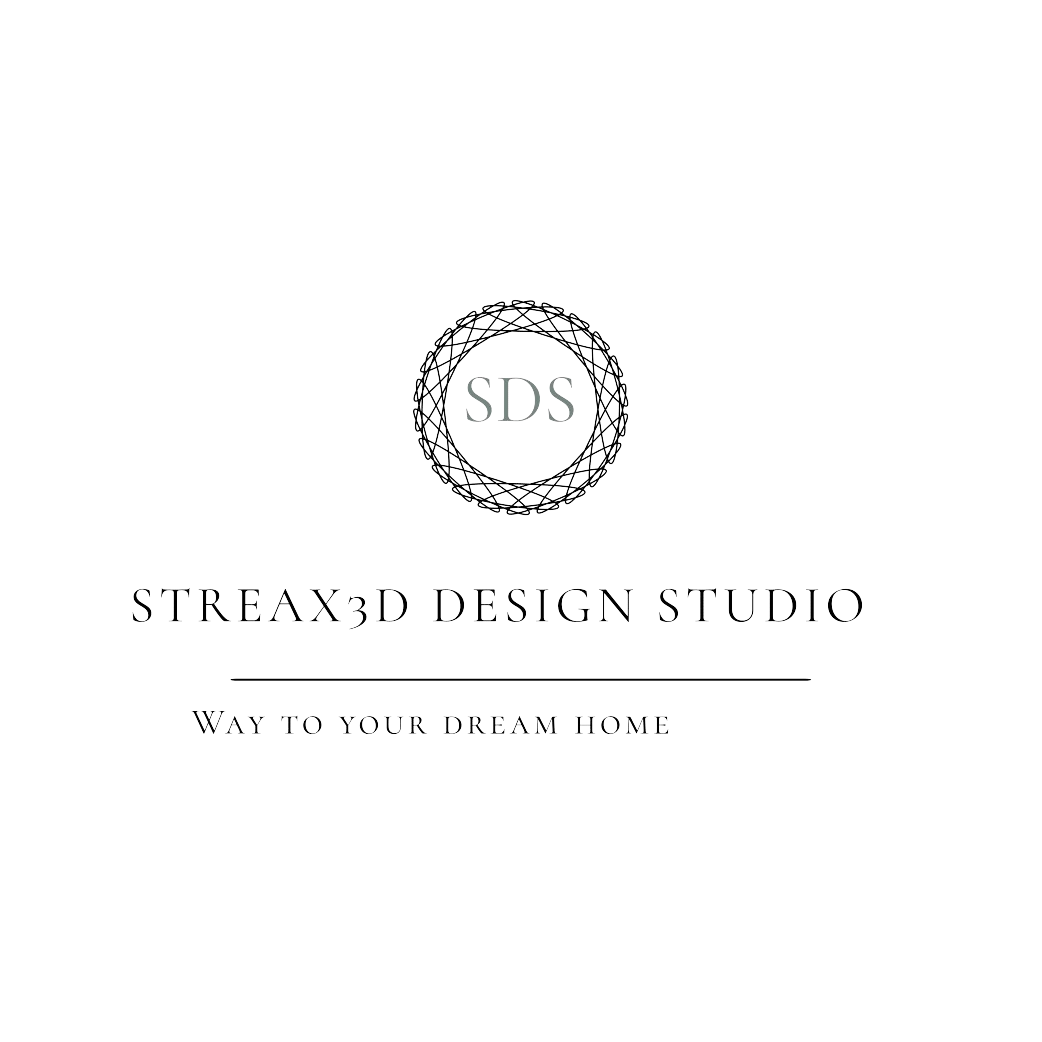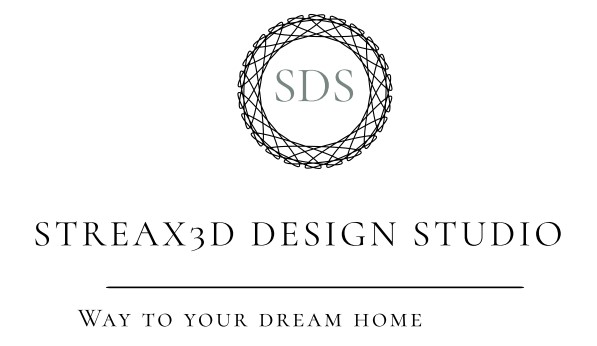Workflow
The 3D visualization process involves several steps to transform a concept or idea into a photorealistic and immersive visual representation. Here’s a typical workflow for 3D visualization:
1. Project Briefing and Concept Development:
- The process begins with a thorough understanding of the client’s requirements, objectives, and vision for the project.
- The 3D visualization team collaborates with the client to gather all necessary information, including architectural plans, design concepts, mood boards, and reference images.
2. Modeling and Asset Creation:
- The next step involves creating the 3D models of the objects, environments, or scenes that need to be visualized.
- Skilled 3D artists use specialized software to build accurate and detailed 3D models, paying close attention to proportions and scale.
3. Texturing and Materials:
- Once the models are ready, textures and materials are applied to enhance the realism of the scene.
- High-resolution textures are used to add surface details such as wood grain, metal reflections, brick patterns, etc.
4. Lighting Setup:
- The lighting in a 3D scene plays a crucial role in setting the mood and atmosphere.
- Lighting artists strategically place virtual lights and adjust their intensity and color to achieve the desired look and feel.
5. Camera Placement:
- The camera is positioned to capture the scene from the best angle to showcase the project’s key features effectively.
- The focal length, depth of field, and composition are carefully considered to create visually appealing shots.
6. Rendering:
- Rendering is the process of converting the 3D scene into a 2D image or series of images.
- Depending on the complexity of the scene and the level of detail required, rendering can be a time-consuming process.
7. Post-Processing:
- After rendering, the images may undergo post-processing to enhance colors, contrast, and other visual elements.
- Special effects, such as lens flares or depth of field blur, can be added during this stage to further improve the visuals.
8. Review and Feedback:
- The initial 3D visualization is presented to the client for feedback and review.
- Any necessary revisions or adjustments are made based on the client’s input.
9. Final Delivery:
- Once the client approves the final 3D visualization, the high-quality images or interactive experiences are delivered in the requested format.
- These visual assets can be used for presentations, marketing materials, websites, virtual tours, and more.
Throughout the entire workflow, effective communication and collaboration between the 3D visualization team and the client are essential to ensure that the final result aligns with the client’s vision and objectives.

